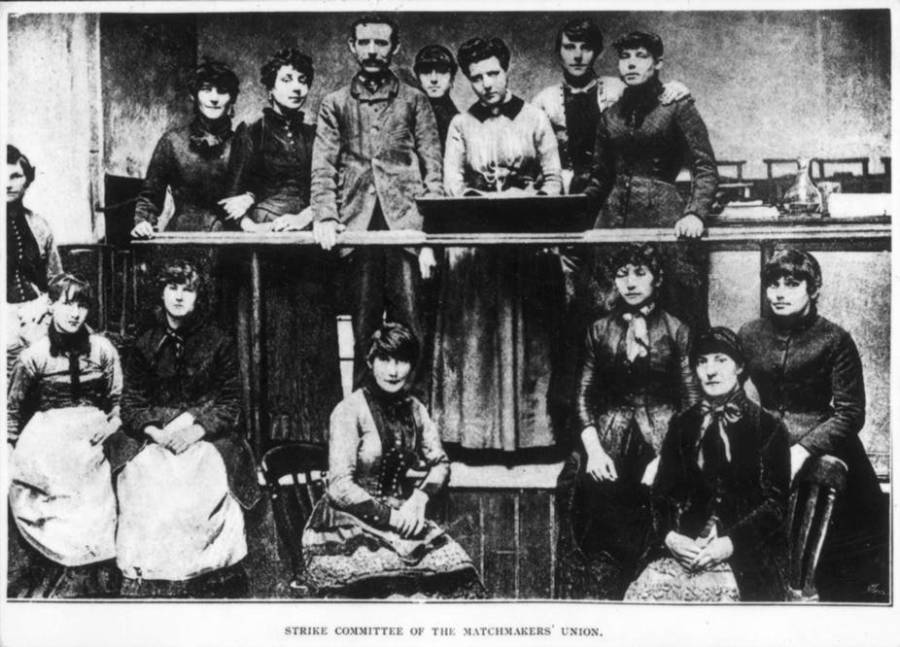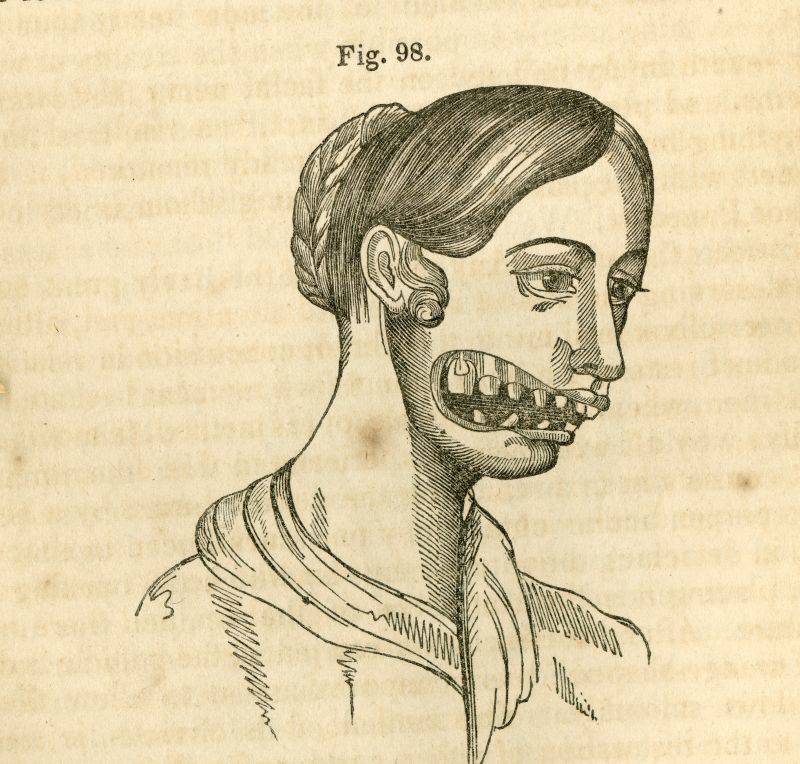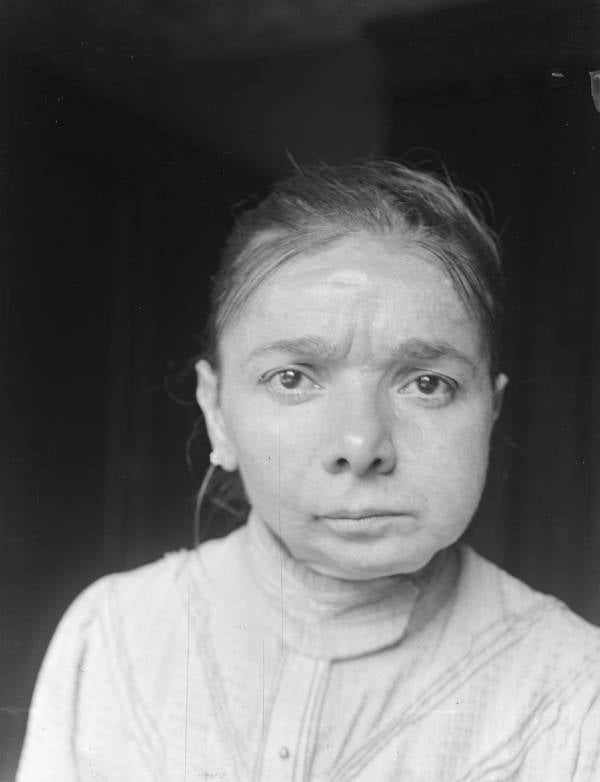Matchstick Maker

TUC Library Collections, London Metropolitan UniversityMembers of the Matchmakers Inion in London.
Although matchstick making sounds like a simple job, the consequences of working around the materials that were needed to make them were absolutely terrible.
Matchsticks were made in factories by women and children 12 to 16 hours a day, and the process involved dipping the wood matchsticks into a phosphorous solution. The problem with the job was that too much exposure to phosphorus carried a risk specific to matchstick makers — phossy jaw.
Essentially, phossy jaw is a physical ailment that causes the jaw bone to rot. The disease was known to spread to the brain and cause a very painful death unless the jaw was removed. Even with jaw removal, these factory workers still weren’t guaranteed to live.

Wikimedia CommonsAn anatomical sketch displaying the effects that phossy jaw has on the teeth and face.
These factory workers were making very little and working in such terrible conditions, risking their lives for the pennies that they made. The awful work environment inspired 1,400 women and girls to go out on strike.
Working with white phosphorus also led to lung inflammation and other pulmonary issues. Workers often threw up fluorescent vomit and had bluish-looking breath. But none of the side-effects of phosphorous held a candle to the pain of getting infected with phossy jaw.

Wikimedia CommonsThe effects of phossy jaw on a factory worker.
If you liked this look at history’s worst jobs, check out our other articles on Medieval torture devices and the most painful medical procedures of the Middle Ages.





